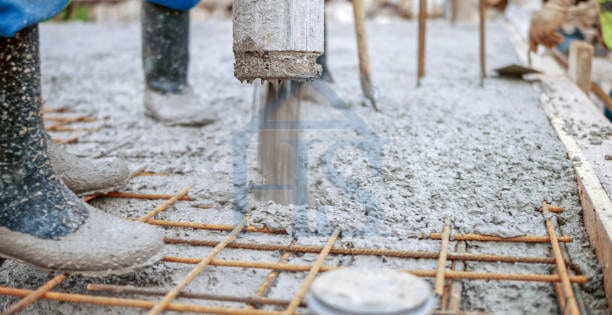Skyscrapers are landmarks in urban centers, not only promoting land use and economic development, but also a modern transformation of success and wealth. The completion of super-tall buildings represents the image of the city on the one hand, and promotes the development of related architectural, and economic fields on the other.
Super High-rise Buildings
Since entering the 21st century, skyscrapers, the symbols of modern cities, have been rising at an astonishing rate all over China, refreshing the city skyline time and again. According to statistics, China has 40% of the world’s super-tall buildings, con 2,395 buildings above 150 metri, 823 buildings above 200 metri, E 95 buildings above 300 metri, all three indicators ranking first in the world. Micro-silica powder, as a concrete additive, is widely used in the application of super-high rise buildings because of its own characteristics.
Silica Fume Features
Super high-rise buildings have high requirements for concrete, in order to improve the performance of high-strength concrete and reduce the amount of cement to reduce the heat of hydration, a certain amount of fly ash, FUME DI SILICA, granulated blast furnace slag and other mineral admixtures can be added. Such as FUME DI SILICA , can fill the pores between the cement particles, while generating gel with hydration products, and alkaline material magnesium oxide reaction to generate gel. Can significantly improve the compressive, folding, seepage resistance, corrosion, impact resistance and wear resistance, with water retention, prevent segregation, water secretion, significantly reduce the role of concrete pumping resistance.
Silica Fume Other Applications
- Refrattari. Il fume di silice è comunemente usato in castabile, sinterizzato, e rifrattori fusi. Per esempio, Può essere utilizzato in alte prestazioni, alto grado, e castabili refrattari a basso cemento e parti prefabbricate, mattoni permeabili ad aria, trincee di ferro su larga scala e mestoli, e altro.
- Mortaio e cemento. Il fume di silice può essere utilizzato anche per i moli del porto, edifici grattacieli, ponti ferroviari, dighe del serbatoio, Pavimentazione in cemento, e altro.
- Rivestimenti protettivi. La nano-silice SOL funge da materiale attivo per la protezione antincendio, Protezione ambientale, e rivestimento anticorrosivo.
- Muro e materiali decorativi. Il fume di silice può essere utilizzato anche per il mortaio isolante termico, mortaio polimerico, e come agente di interfaccia per l'isolamento delle pareti.
- Stucco. La microsilica può essere utilizzata in polvere di stucco per l'isolamento delle pareti esterne e interne.
- Riempimento e rinforzo. Viene anche usato come materiali di riempimento e rinforzo nella resina, gomma, colore, poliestere insaturo, e altro.
- Additivi. Finalmente, Il fumo di silice è comunemente usato come additivo in altre aree attive.





